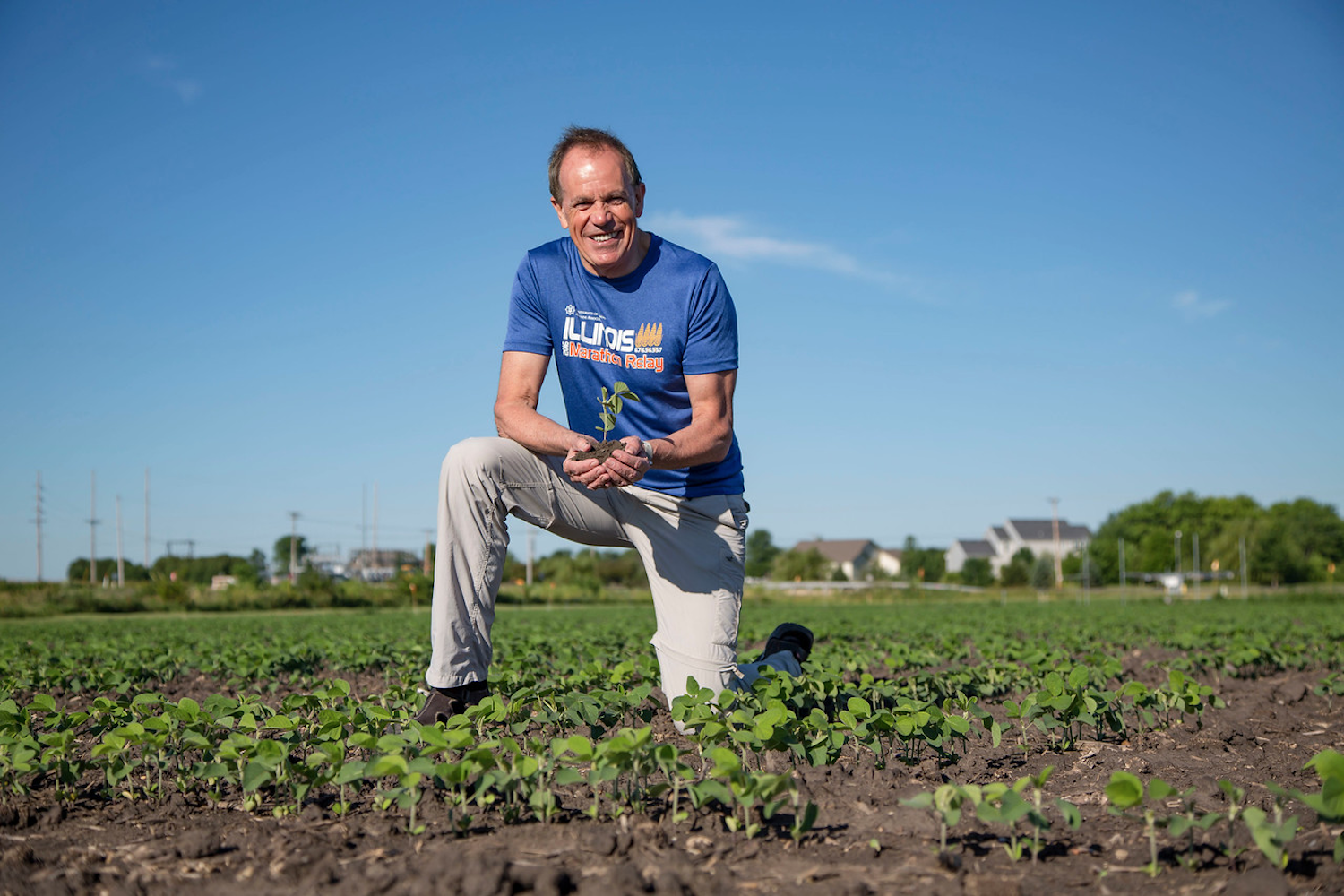Beyond the basics of photosynthesis

New research shows that slow adjustment of crops to changes in light could be reducing yields by 15% to 20%.
You know the basic concept of plants using photosynthesis to create their own food. But did you know changes in light can affect photosynthesis efficiency — and potentially yield? Scientists at the University of Illinois recently discovered that’s entirely possible, to the tune of 15% to 20% in yield reduction.
“We’ve obviously known photosynthesis is really important to crops from the beginning, and yet, it is hardly being improved,” says Stephen Long, U of I crop scientist, adding most research conducted to improve photosynthesis has emphasized steady-state photosynthesis — measuring photosynthesis efficiency based on constant light conditions.
But this doesn’t quite relate to the nature of crops.
“A few years ago, we started to think about how crop leaves in the field are hardly ever in constant conditions, especially in regard to light,” he says. Many factors can disrupt light and cause a canopy effect, or shade, such as leaf movement, cloudy skies and the sun routinely crossing the sky.
More than Mother Nature plays a role in this canopy effect.
“One of the things we’ve been doing all over the Midwest is selecting cultivars, or plant varieties, with higher planting density,” he says. “And as we make the crop denser, this issue of going in and out of sunlight is happening more and more.”
Long says the thought process of inconsistent light led to questions about how long it takes a leaf to adjust from shade to light and how that transition could be slowing down photosynthesis productivity.
So, the team went to work.
The project is part of the Realizing Increased Photosynthetic Efficiency project and of the Center for Advanced Bioenergy and Bioproducts Innovation. RIPE is an international research initiative that is modifying crops to be more efficient through improved photosynthesis. CABBI focuses on using findings in agronomics, genomics, and synthetic and computational biology to enhance the value of energy crops and help reduce fossil fuel dependence.
This research included a two-step process using corn, sorghum and sugarcane. The photosynthesis process is the same in these crops, making this project applicable to each, Long says. The first step was understanding the time it takes crop leaves to adjust to light fluctuations as if in the field, which is 10 to 20 minutes.
In the second step, scientists created a dynamic model, or an environment of constantly fluctuating light. This allowed them to look at all the possible processes that could be slowing light adjustment down, Long says. Findings predict that two proteins are critical in the adjustment.
So, now what?
The next step is to put the theoretical predictions into practice, Long says. During the summer of 2022, Long and a team of U of I researchers will conduct a project with the Department of Energy to try to increase the two proteins in the crops.
He adds that the idea of the project is to genetically manipulate the plant so when leaves move from shade to full light, adjustment can be made more rapidly and increase photosynthetic efficiency and productivity.
Continuing this research could aid farmers in a new way.
When the plant adjusts to changes in light, photosynthetic productivity is decreased, Long says. And this affects yield results. The modeling suggests slow light adjustment is probably costing the crops tested 15% to 20% of potential productivity.
Findings from these photosynthetic projects could help scientists to genetically modify plants and speed up the light adjustment process of plants, he says. Although crops have already been bred to be more productive, another yield jump could happen if this slow light adjustment problem is addressed.
By: Sierra Day || Prairie Farmer
